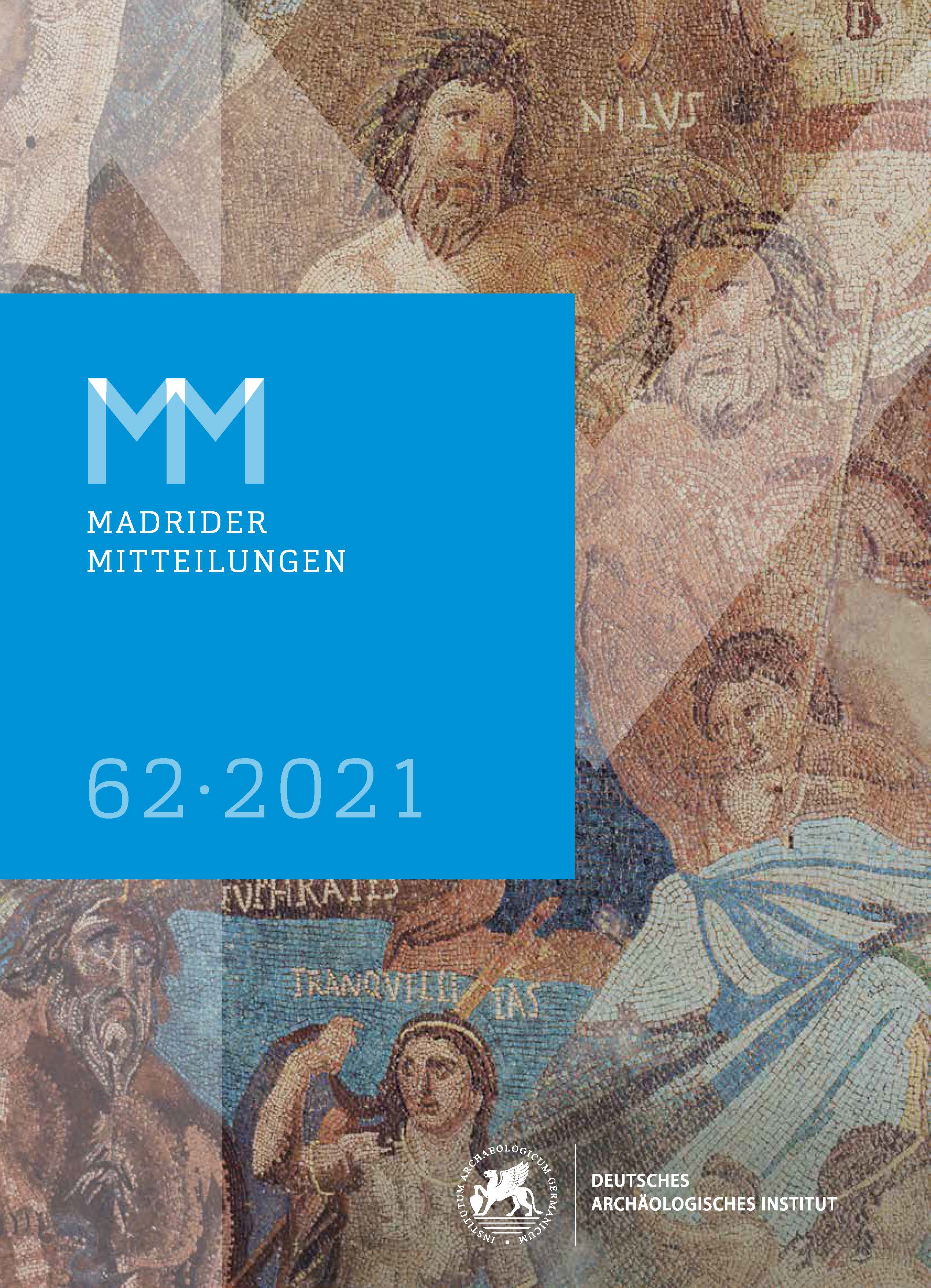Wasserversorgung im 4. und 3. Jahrtausend v. Chr. in Andalusien. Der Aquädukt von Los Millares und daraus ableitbare Hinweise auf Klimaschwankungen
https://doi.org/10.34780/564d-5l6d
Abstract
Die kupferzeitliche Befestigungsanlage von Los Millares wurde im Jahr 1891 von L. Siret entdeckt. Die von ihm beschriebenen Wasserversorgungsanlagen, eine ca. 1 km von der Siedlung entfernt liegende Quelle, eine zur Siedlung und innerhalb dieser weiterführende Wasserleitung sowie ein großer Wasserspeicher im Innern der Siedlung, wurden inzwischen mittels archäometrischer Methoden überprüft und ergänzt. 230Th/U-Untersuchungen an Kalksinterablagerungen innerhalb der Befestigungsanlage erbrachten den eindeutigen Nachweis einer undichten Wasserleitung, aus der in der frühen und mittleren Kupferzeit Wasser floss oder zumindest stetig tropfte. Sinterablagerungen am Ende einer die Ebene von Los Millares begrenzenden Schlucht (ca. 400 m vom Siretschen Quellstandort entfernt) sind noch während des Bestehens oder kurz nach dem Auflassen der Befestigungsanlage entstanden. Der Quellaustritt wird wenige Meter südwestlich vermutet. Es wurde nachgewiesen, dass dieser tatsächlich den Aquädukt von Los Millares speiste. Die Tatsache, dass es sich dabei um ein Mischwasser aus Thermal- und oberflächennahem Grundwasser handelte, ermöglicht den Nachweis von Klimaschwankungen in der frühen und mittleren Kupferzeit.
Parole chiave:
Kupferzeit, Aquädukt, Wasserversorgung, Strontiumisotopenanalyse, Klimaschwankungen





